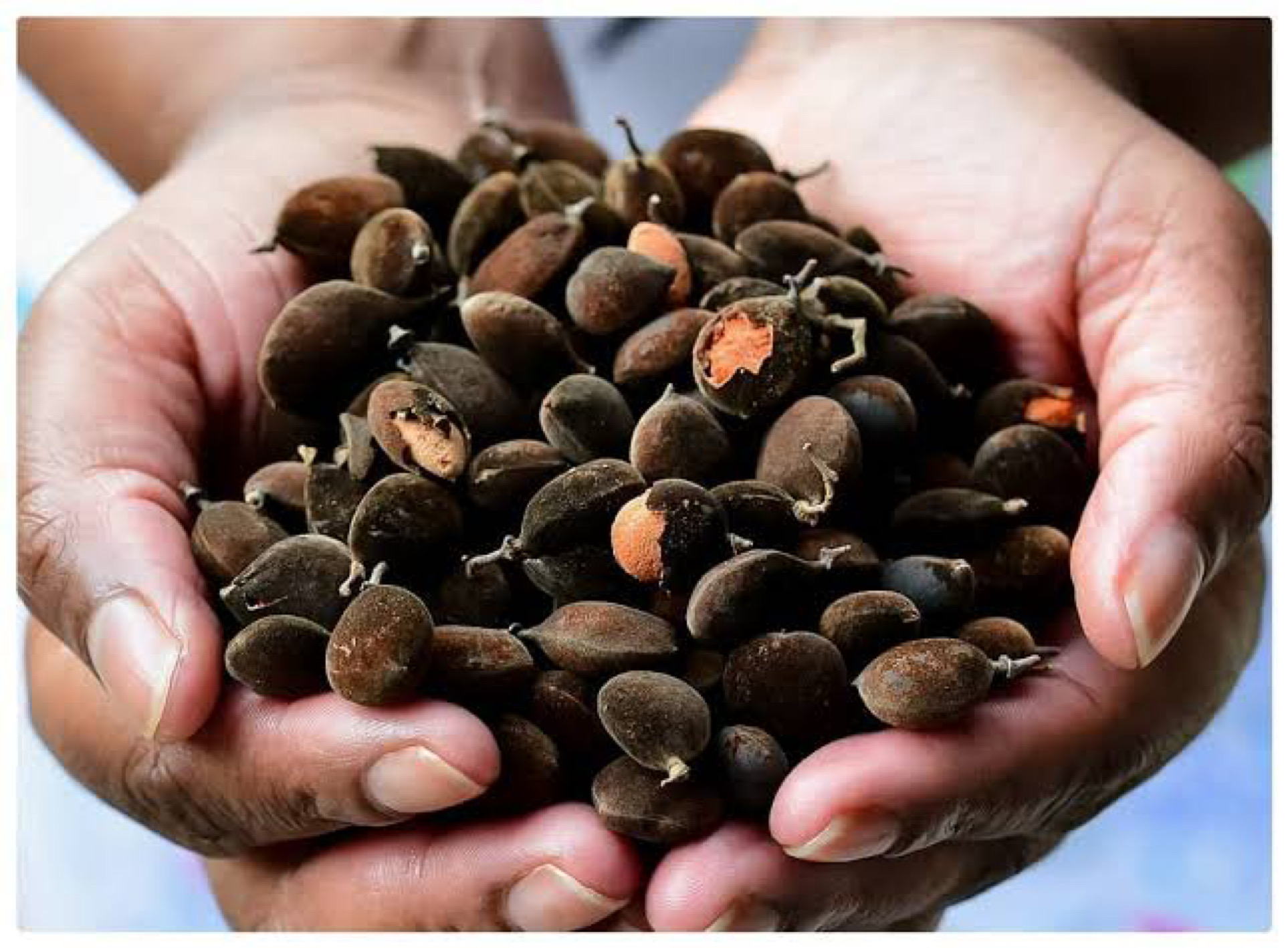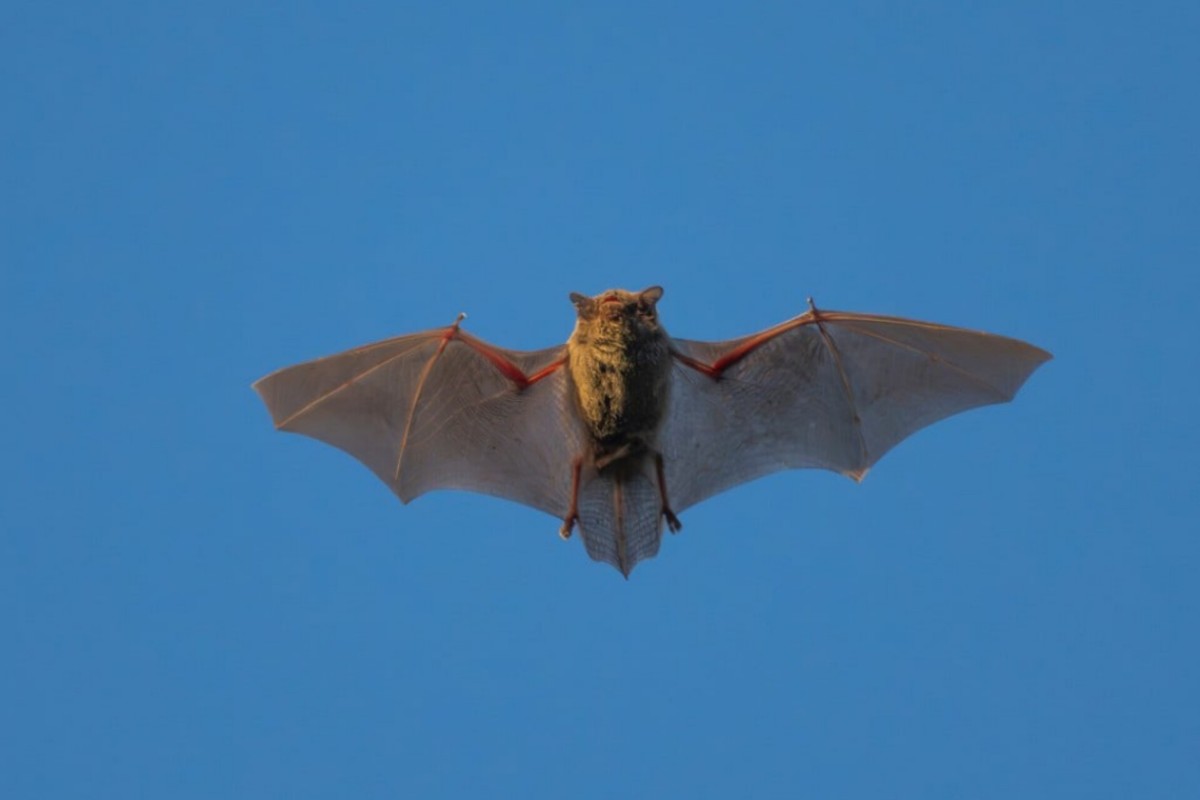
A Chinese team discovered a new bat coronavirus that poses a risk of animal-to-human transfer since it employs the same human receptor as the virus that causes COVID-19.
Shi Zhengli, a famous virologist known as the “batwoman” for her extensive research on bat coronaviruses, led the study at the Guangzhou Laboratory, which included researchers from the Guangzhou Academy of Sciences, Wuhan University, and the Wuhan Institute of Virology.
Shi is most recognized for her work at the Wuhan Institute, which has been at the center of the debate regarding the origins of Covid, with one prominent theory positing that it arose from a lab leak in the city.
While there is no known origin for the virus, some research think it began in bats and spread to humans via an intermediate animal host. Shi has disputed that the institute was responsible for the outbreak.
The most recent finding is a new lineage of the HKU5 coronavirus, which was initially found in the Japanese pipistrelle bat in Hong Kong.
The new virus is from the merbecovirus subgenus, which also includes the virus that causes Middle Eastern respiratory sickness (Mers).
The virus can bind to the human angiotensin-converting enzyme (ACE2), the same receptor that the Sars-CoV-2 virus utilizes to infect cells.
“We report the discovery and isolation of a distinct lineage (lineage 2) of HKU5-CoV, which can utilise not only bat ACE2 but also human ACE2 and various mammalian ACE2 orthologs [– genes found in different species with a common origin],” they wrote in a paper published in the peer-reviewed journal Cell.
When the virus was isolated from bat samples, the researchers discovered that it could infect both human cells and artificially generated masses of cell or tissue resembling miniature respiratory or digestive organs.
“Bat merbecoviruses … pose a high risk of spillover to humans, either through direct transmission or facilitated by intermediate hosts,” the researchers added.
HKU5-CoV-2 binds to ACE2 receptors in humans but also in a variety of other animals, all of which could serve as intermediate hosts and transmit the virus to humans.
Merbecovirus consists of four separate species – the Mers coronavirus, two found in bats, and one in hedgehogs – and was included to the World Health Organization’s list of emerging viruses for pandemic preparedness last year.
Earlier this month, Cell released a report by a team from the University of Washington in Seattle and Wuhan University that concluded that, while the HKU5 strain could attach to bat and other mammalian ACE2 receptors, no “efficient” human binding was seen.
A Gentle Reminder: Every obstacle is a stepping stone, every morning; a chance to go again, and those little steps take you closer to your dream.
Nnamdi Okoli












































































